Hog Harvest Connects Community to Food and Farming
Community Gets Opportunity To Learn Farm To Fork Philosophy

A hog is placed into scalding water to make removal of hair easier at a workshop meant to teach traditional farming techniques. (photo by Scott Lawrence/Upper Productions)
Marquette, MI – Imagine for a moment that the slabs of meat wrapped in plastic on the grocery shelves hold a story within them, a story that you become a part of with every bite. Ponder for a moment, how the story began, before it landed on your plate… was this animal respected, cared for, fed a healthy diet, did it have a humane death, and just how far did it travel before arriving in your town?
Why are these important questions to ask yourself? Because, as the old adage says, ‘you are what you eat’. Because you are consuming an entire history hidden within your food. The quality of your health is based on the food you eat, and the quality of this food is dependent on the diet, care, and lifestyle of the animals before you select those cuts of meat from the grocery store shelves.

Mark Baker demonstrates butchering techniques for people interested in learning about self-sufficiency and farming. (photo by Ron Caspi)
There is a trend emerging across the nation in which people are seeking new options and choosing to spend their money on food raised with the integrity and quality that they want to create for their own lives. People are enacting a change and beginning to care about where their food is coming from and how it was raised.
This trend can be experienced during an upcoming event at the Shady Grove Farm just outside Marquette, in what they have come to call a “hog harvest”. Visiting farmers Mark & Jill Baker, of Baker’s Green Acres, will come to the U.P. to share their skills in processing hogs from a quick and humane kill to, butchering, curing, and all aspects of processing the animal into something edible or usable in some way. They stress a nose to tail philosophy teaching how to use every part of the animals.

A community of people work together to remove hair from hogs during a Hog Harvest workshop at the Shady Grove Farm in Gwinn, MI. ( photo by Scott Lawrence/ Upper Productions)
The couple run their own farm downstate in Marion, Michigan where they teach traditional farming techniques to folks interested in learning how to produce and procure their own food. Says Baker, “Lots of folks now days want to get closer to where their food is coming from and are interested in these techniques.”

Mark and Jill Baker work together processing meat as they teach others farming techniques as part of their Farm To Fork workshop. (photo by Ron Caspi)
Randy Buchler of Shady Grove Farm is one such person. Buchler has a full circle relationship with his food and feels if you’re going to eat meat you should be exposed to the whole process before it arrives to your table, in order to gain more respect for it. Perhaps if we all gave this some consideration or had the chance to experience the process for ourselves there would be less food wasted in our trash cans and society would start making healthier choices.
Buchler feels that it’s part of his job as a farmer to educate people on how they can bridge the gap between them and their food. Says Buchler, “One of my main goals is to create a thriving local food system and without consumers who appreciate where their food comes from, we can’t do that.”

Mark Baker slices off a piece prosciutto from a hog harvested and preserved using traditional salt curing techniques. A cured leg of prosciutto like this can go for $1500 for chefs serving high end cuisine.
The Baker’s will be at the Buchler’s farm this weekend October 10th & 11th 2015 to help harvest the two Mangalista hogs purchased from them a year before. These hogs are known for their high quality meat and prized by chefs for making prosciutto and other high demand cured pork items. Buchler is seizing the chance to share this great learning opportunity with the community.
During the workshop folks will participant in every aspect of harvesting the hogs learning a skill set that includes everything from harvest, scalding and scraping, eviscerating, using/cooking/eating organ meats, cutting animals into primal cuts, salt curing/charcuterie, sausage making, etc. Baker will demonstrate techniques and give guided instruction to everyone in attendance with a desire to learn.
Many of the people who attended last year’s hog harvest were looking to learn more about raising the animals and the meat processing skills in order to be more self-sufficient. Others came to enjoy and help out their community not interested in raising their own hogs, but passionate about understanding what goes into producing the meat they eat, like Scot Acocks who said, “We don’t eat any meat that we don’t know where it comes from. Most everything our family eats comes from local farmers and we wouldn’t have it any other way.”

Workshop attendees had the chance to practice butchering techniques as they processed the meat to be cured and preserved for eating. (photo by Ron Caspi)
The Bakers define farming as, “anything you do to produce your own proteins or carbohydrates,” and this can be done with surprising ease and with a relatively small amount of space. Baker explained that with an acre or less you can raise some chickens or a couple of pigs and much of what they require for a healthy diet can be provided with scraps from your own home or local restaurants. Two pigs can keep a family of 4 in meat for over a year utilizing the entire animal.
For many of us raising our own animals may not be feasible yet we can still ensure a healthy food source for our families by supporting humane and healthy farming practices. It’s important to know we have choices and there are ways to work with varying budgets like buying direct from small farms or redirecting money spent on frivilous items towards higher quality food sources.
Know that you are investing in the health of your family, environment, and community. The first step is deciding that choosing food raised with love and respect matters.
If you’d like to know where you can get fresh local meats and other farm produce click here: Shady Grove Farm U.P.








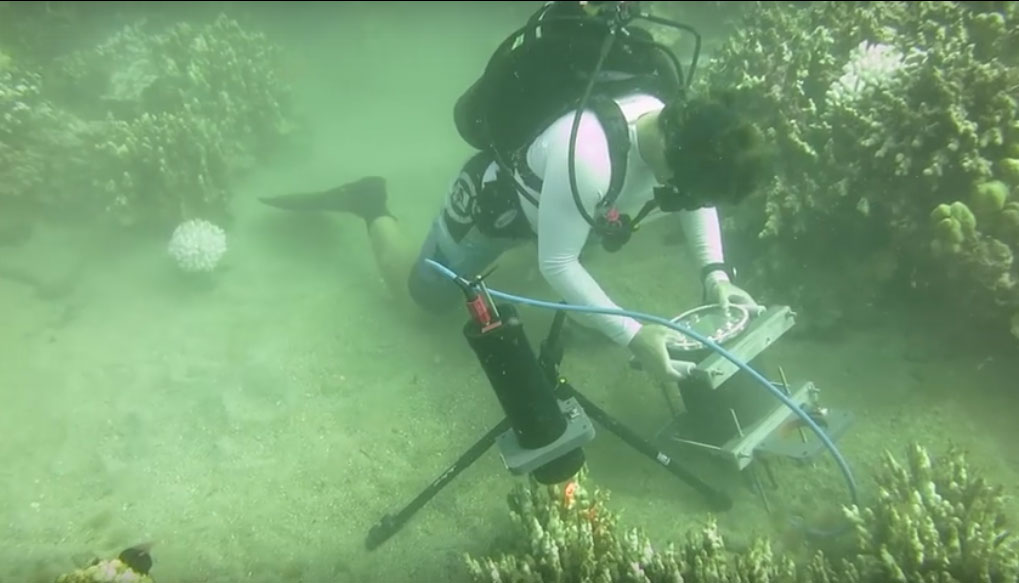

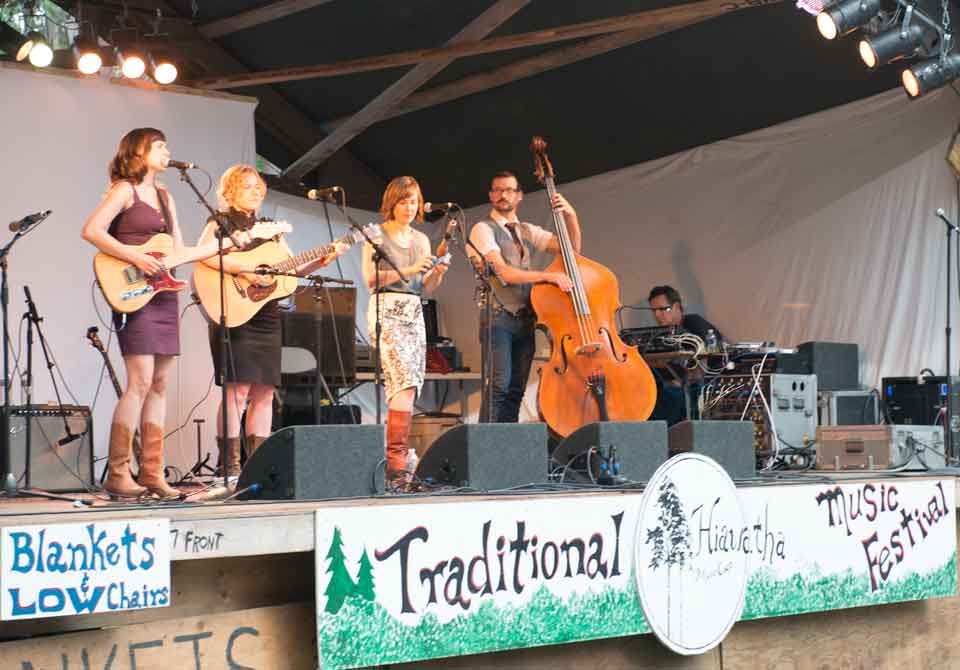
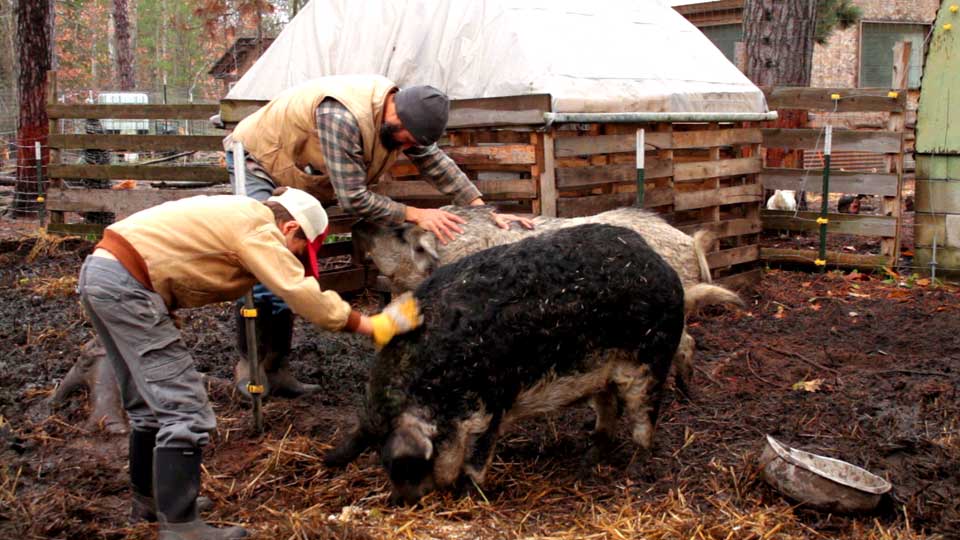

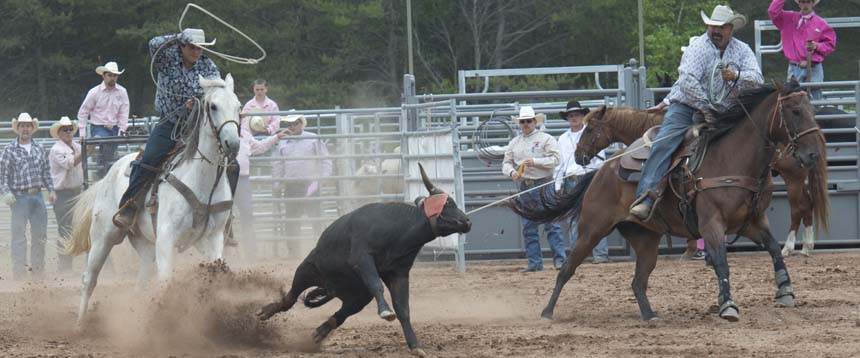
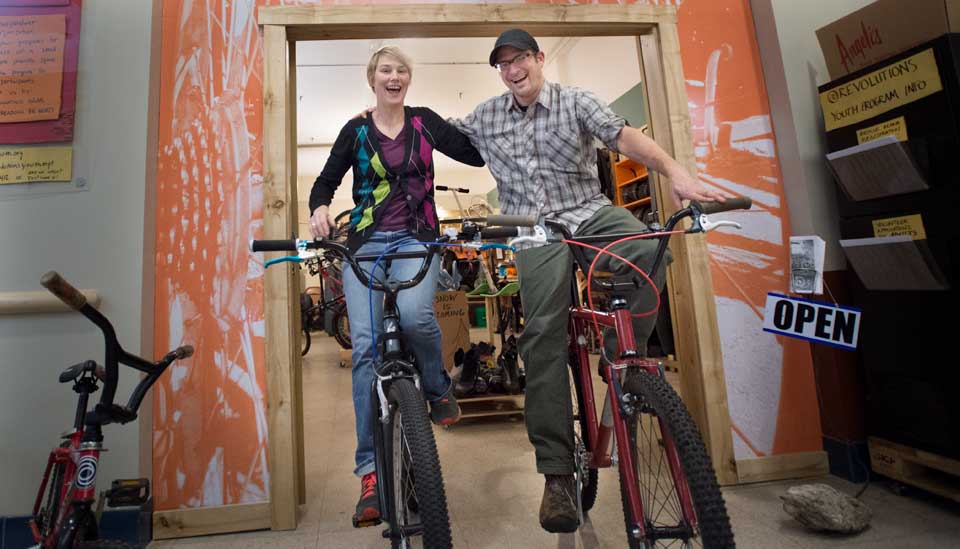
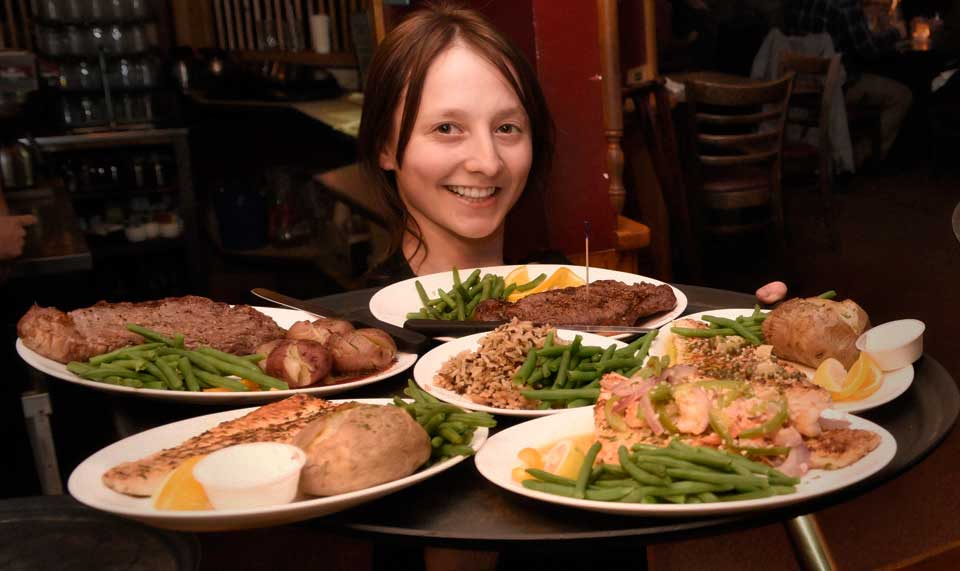
You must be logged in to post a comment Login